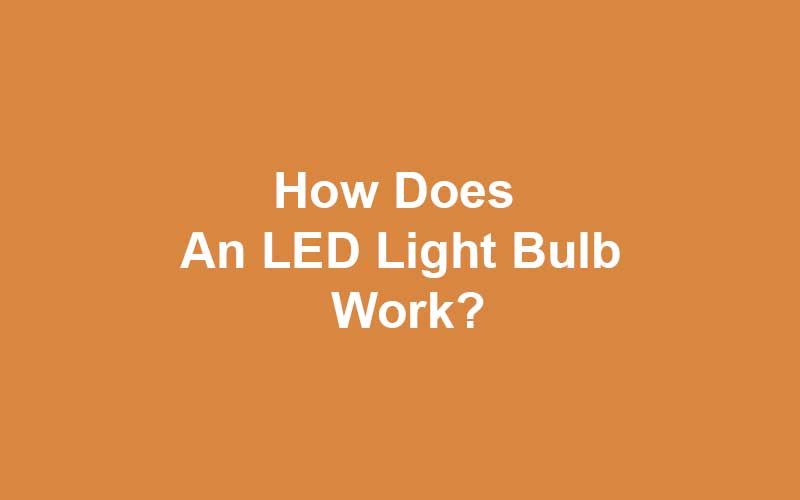

NowĬonnect electrical contacts to the two slabs and switch on the power. Neutral, no-man's land forming at the junction where surplusĮlectrons and holes cross over and cancel one another out. P-type slabs together and, where they meet, you get a kind of Prefer, that's the same as saying it's rich in "holes" whereĮlectrons should be, which is called p-type). Material (something like silicon or germanium), one slightly rich inĮlectrons (called n-type) and one slightly poor in electrons (if you That's why LEDs use much less energy than conventional lamps.īefore you can understand an OLED, it helps if you understand how a conventional LED They make light by the controlled movement ofĮlectrons, not by heating up a wire filament. Photo: LEDs on an electronic instrument panel. Sugar, gasoline, alcohol, wood, and plastics. Lines or rings of carbon atoms, including such common things as Organic molecules are simply ones based around But when it comes to theĬhemistry of how molecules are made, the word has a completelyĭifferent meaning. Usually referring to food and clothing produced in an environmentallyįriendly way without the use of pesticides. When people talk about organic things these days, they're

Where the light is produced ("emitted") by organic molecules. Light when electrons zap through the specially treated ("doped") Glows white hot (which is how a normal lamp works), they give off Instead of making light by heating a wire filament till it They're much smaller, moreĮnergy-efficient, and more reliable than old-style LEDs (light-emitting diodes) are the tiny, colored, indicator lights Under a Creative Commons (CC BY 2.0) Licence. Photo of a curved, Samsung UHD OLED TV by courtesy of Kārlis Dambrāns Photo: OLED technology promises thinner, brighter, more colorful TV sets-even withĬurved screens. Produce a brighter and more colorful picture. Theoretically flexible enough to print onto clothing, and they With LCD screens, which are thin enough to mount on a wall, andĭisplays light enough to build into portable gadgets likeīut displays made with OLED (organic light-emittingĭiode) technology are even better. Those days was a bit like staring down the periscope of a submarine! Mirror at the top to bend it sideways into the room.

Stand upright firing their picture toward the ceiling, with a little The CRTs inside were so long that they had to If you think that's bad, you should have seen what TVs were Were about 30–60cm (1–2ft) deep and almost too heavy to lift by TVs powered by cathode-ray tubes (CRTs)? The biggest ones


 0 kommentar(er)
0 kommentar(er)
